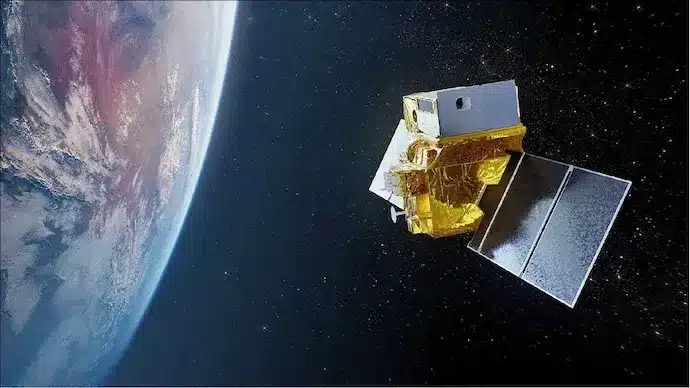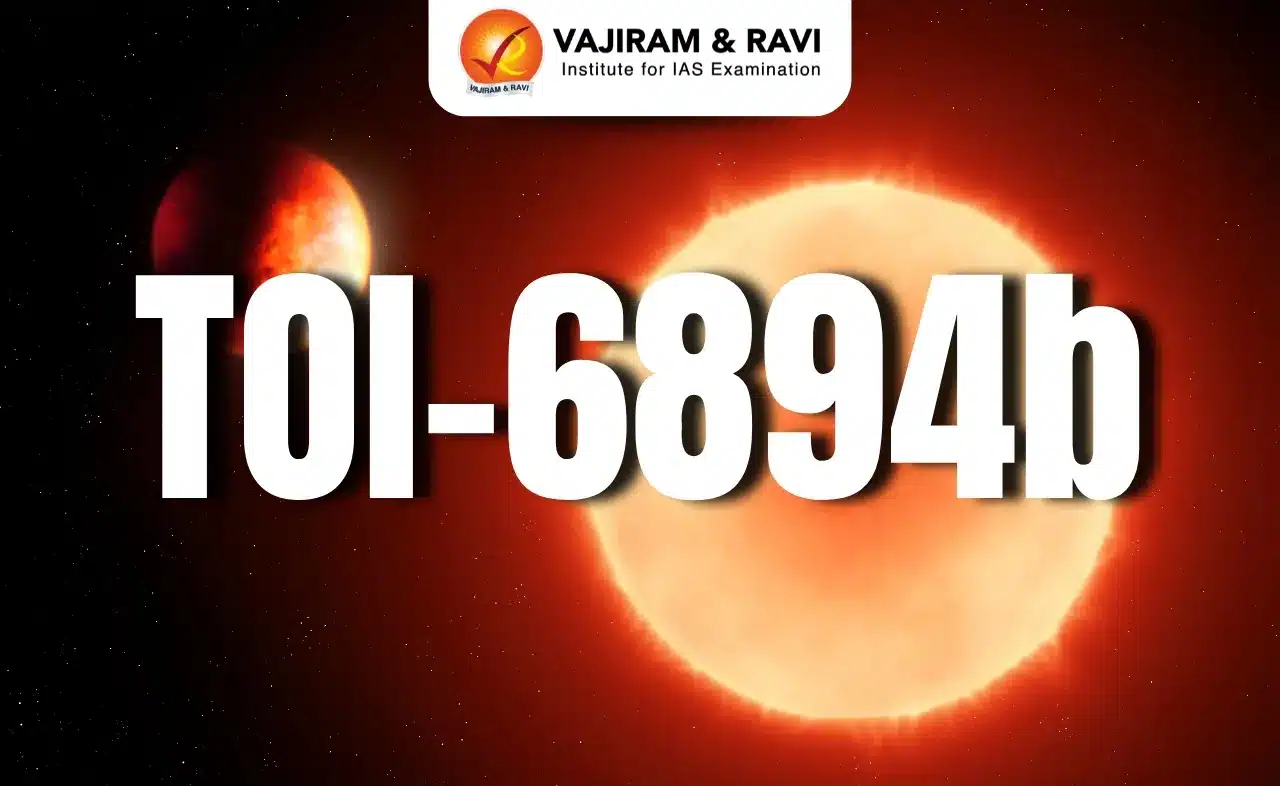About TRISHNA Mission:
- The Thermal Infrared Imaging Satellite for High-resolution Natural Resource Assessment (TRISHNA) mission is a collaborative endeavor between the Indian Space Research Organisation (Isro) and the French Space Agency CNES.
- Objectives
- It is engineered to deliver high spatial and temporal resolution observations of Earth’s surface temperature, vegetation health, and water cycle dynamics.
- It will also help in a comprehensive assessment of urban heat islands, detection of thermal anomalies linked to volcanic activity and geothermal resources, and precise monitoring of snow-melt runoff and glacier dynamics.
- The mission will also provide valuable data on aerosol optical depth, atmospheric water vapor, and cloud cover.
- Payloads: TRISHNA satellite is equipped with two primary payloads.
- The Thermal Infra-Red (TIR) Payload: It is provided by CNES, features a four-channel long-wave infrared imaging sensor capable of high-resolution surface temperature and emissivity mapping.
- The Visible – Near Infra-Red – ShortWave Infra-Red (VNIR-SWIR) payload: It is developed by ISRO, includes seven spectral bands designed for detailed mapping of surface reflectance of VSWIR bands for generating important biophysical and radiation budget variables.
- The variables retrieved from the combination of payload data would help in solving surface energy balance to estimate surface heat fluxes.
- The satellite will operate in a sun-synchronous orbit at an altitude of 761 km, with a local time of 12:30 PM at the equator.
- This orbit will provide a spatial resolution of 57 meters for land and coastal areas and 1 km for oceanic and polar regions. The mission is designed for a 5-year operational life.
Q1; What is a Sun-synchronous Orbit?
It is a particular kind of polar orbit. Satellites in SSO, travelling over the polar regions, are synchronous with the Sun. This means they are synchronised to always be in the same ‘fixed’ position relative to the Sun. This means that the satellite always visits the same spot at the same local time.
Source: We are sharing state-of-the-art expertise with ISRO for Gaganyaan: French space agency chief
Last updated on June, 2025
→ UPSC Notification 2025 was released on 22nd January 2025.
→ UPSC Prelims Result 2025 is out now for the CSE held on 25 May 2025.
→ UPSC Prelims Question Paper 2025 and Unofficial Prelims Answer Key 2025 are available now.
→ UPSC Calendar 2026 is released on 15th May, 2025.
→ The UPSC Vacancy 2025 were released 1129, out of which 979 were for UPSC CSE and remaining 150 are for UPSC IFoS.
→ UPSC Mains 2025 will be conducted on 22nd August 2025.
→ UPSC Prelims 2026 will be conducted on 24th May, 2026 & UPSC Mains 2026 will be conducted on 21st August 2026.
→ The UPSC Selection Process is of 3 stages-Prelims, Mains and Interview.
→ UPSC Result 2024 is released with latest UPSC Marksheet 2024. Check Now!
→ UPSC Toppers List 2024 is released now. Shakti Dubey is UPSC AIR 1 2024 Topper.
→ Also check Best IAS Coaching in Delhi






















